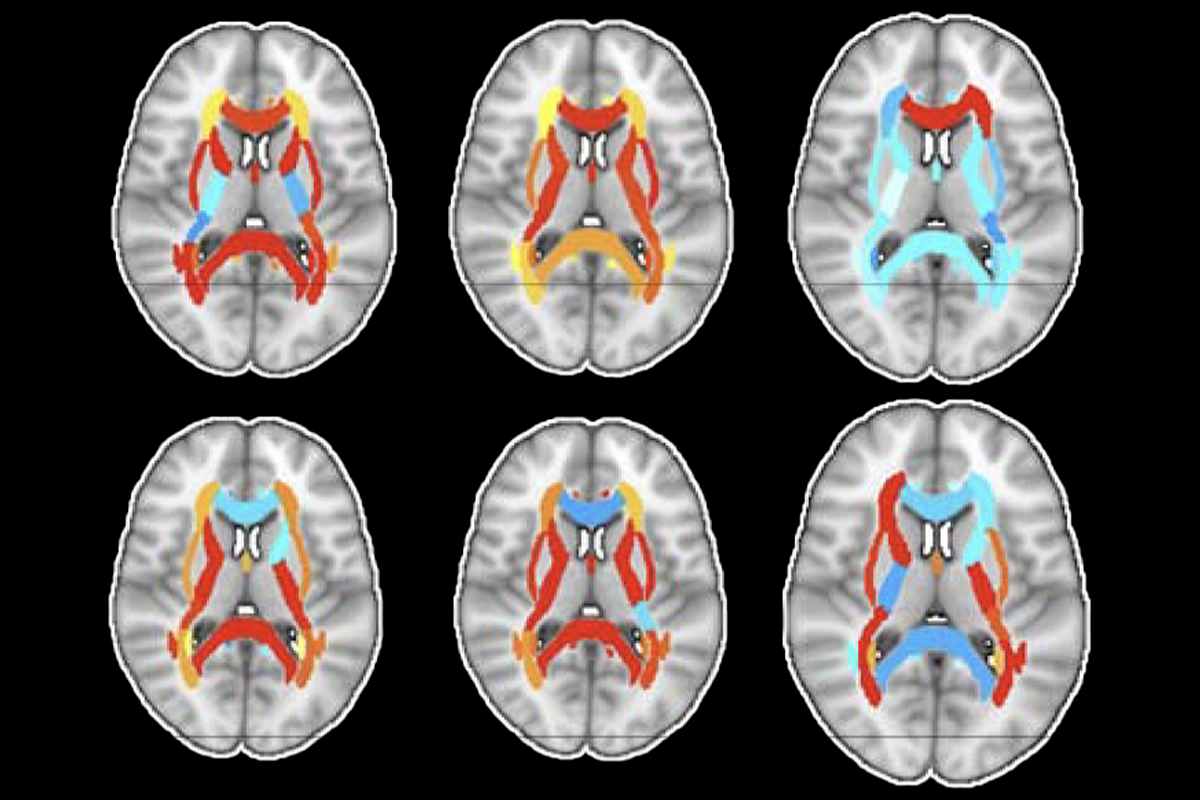Cell inventory: A new study demonstrates the power of combining molecular biology methods to ascertain somatic mosaicism in people. The investigators used single-cell, whole-genome amplification in induced pluripotent stem cells in combination with methods for parallel analysis of genomes and transcriptomes to characterize genetic variation in different tissues from the same person. Potential errors were filtered out with bioinformatics. The method enables “the precise cell-type assignment of somatic variants and the ability to draw lineage hierarchies,” the authors write, while also “uncovering functional consequences of mosaic mutations.” bioRxiv
More autism research we spotted:
- “Altered sensorimotor-association axis patterning of global functional connectivity in an autism subtype with low levels of language, intellectual, and adaptive functioning” medRxiv
See also: “The spectrum goes multidimensional in search of autism subtypes” - “Sex-specific axonal conduction velocity development drives differential changes in frontal, parietal, and insular cortices in autism spectrum disorder” medRxiv






